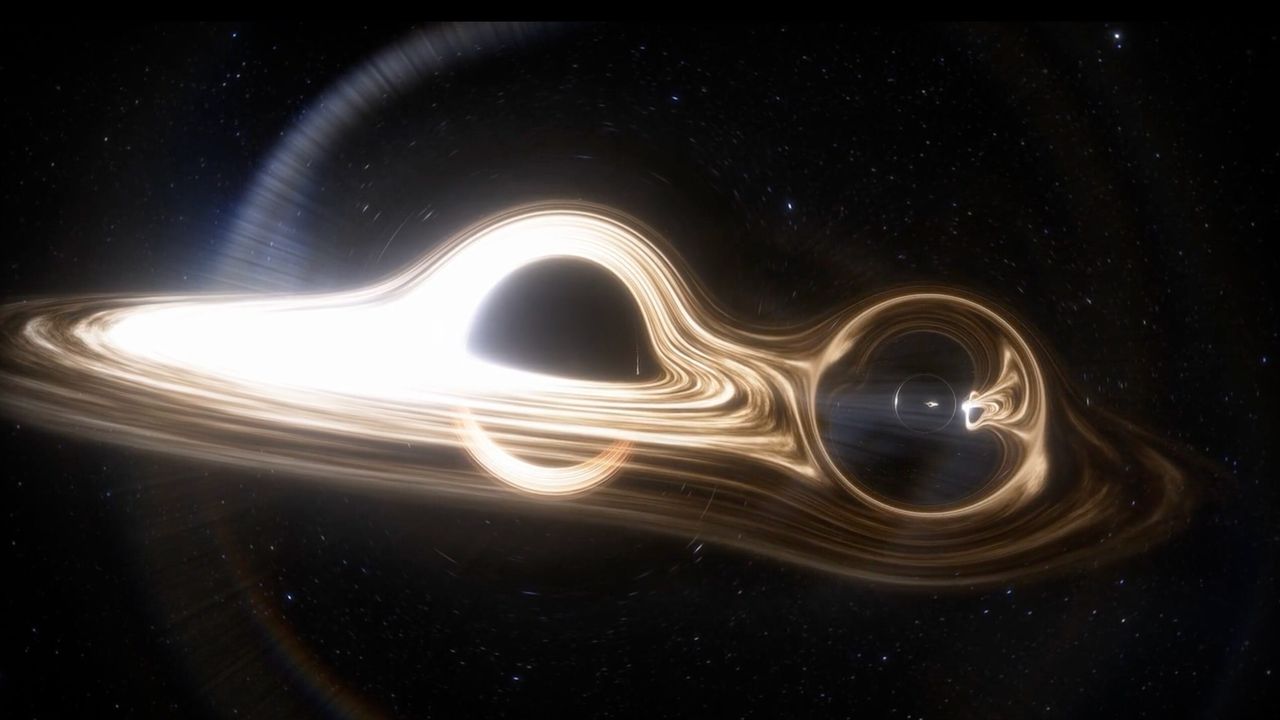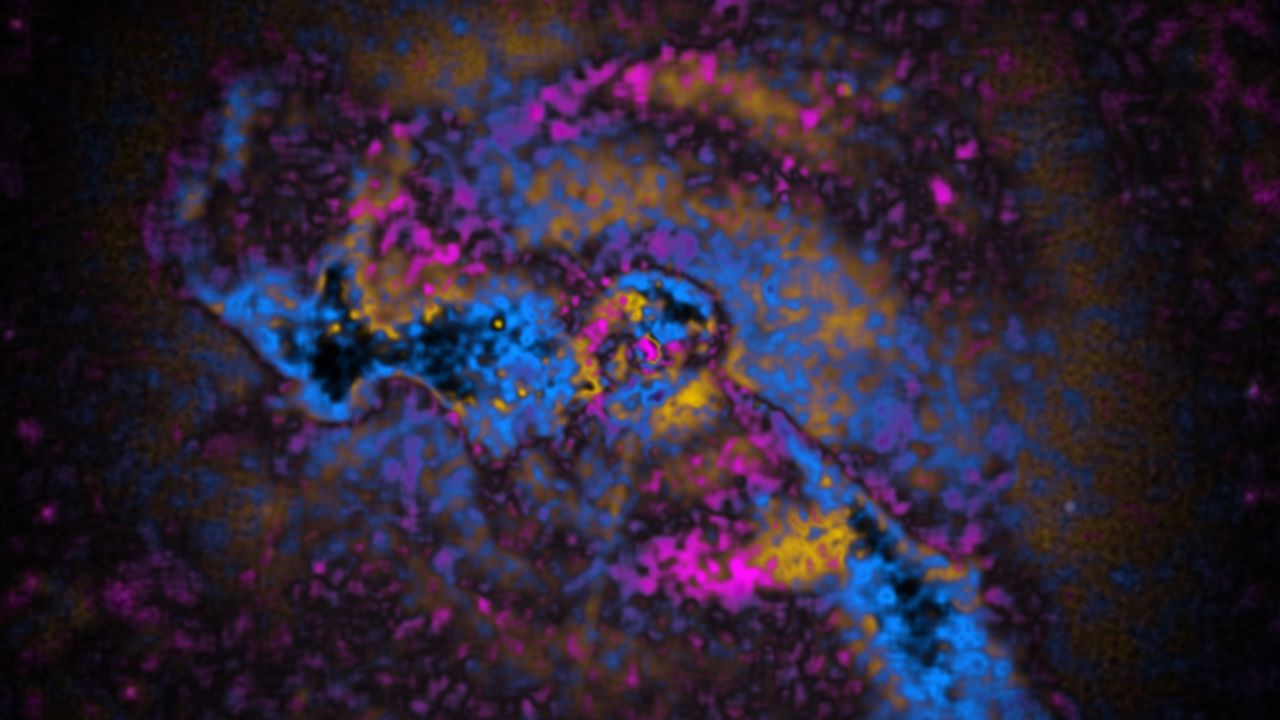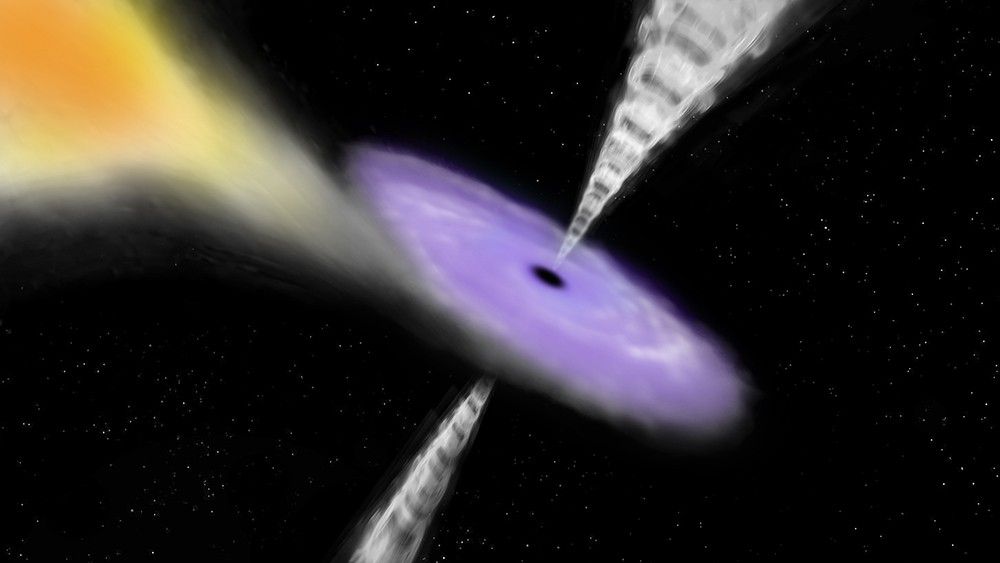Groundbreaking image shows two black holes orbiting each other for first time
PositiveScience

A groundbreaking observation by a network of radio telescopes has provided the first visual evidence of two black holes orbiting each other. This discovery is significant as it opens new avenues for understanding the dynamics of black hole pairs, although further observations are necessary to confirm these findings. The implications of this research could reshape our understanding of the universe and the behavior of these mysterious cosmic entities.
— via World Pulse Now AI Editorial System

